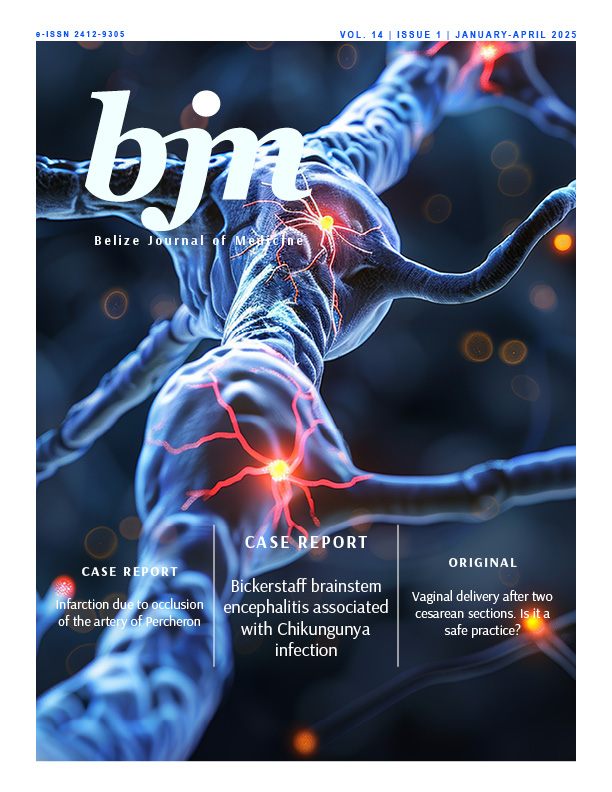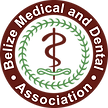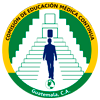Severe methanol poisoning in Pediatrics: A case report
DOI:
https://doi.org/10.61997/bjm.v14i1.447Keywords:
Methanol, Poisoning, Alcoholic intoxication, Toxicity test, ToxicityAbstract
Introduction: Methanol is a toxic alcohol found in various domestic and industrial agents; exposure to methanol is extremely hazardous with significant morbidity and mortality. Poisoning due to accidental or intentional ingestion and epidemic cases due to distillation, fermentation, and beverage contamination errors have been reported. Management is based on antidotes such as fomepizole or ethanol, and renal replacement therapy is indicated. Clinical case: A 12-year-old male suspected of 70% alcohol ingestion, 19 hours of evolution, presents with visual manifestations (mydriasis, papilledema, little reaction to light), neurological deterioration, severe metabolic acidosis with elevated Anion Gap and acute kidney injury. Management with ethanol, mechanical ventilation and peritoneal dialysis. A positive report for methanol is obtained in blood and urine tests. Despite of the intensive management, adverse clinical outcome is reported, with demise secondary to multiple organ failure, 64 hours after ingestion. Conclusion: The outcome of this case with severe manifestations of methanol poisoning is in accordance with what is reported in the literature. Delays derived from the process of determination of the substance, transfer time and timely management determine the clinical result. The author recommends taking samples for toxicology as a priority in any case with clinical suspicion of methanol poisoning; the availability of fomepizole for the adequate and timely administration of the antidote could reduce the risk of death.
Downloads
References
Ashurst JV, Nappe TM. Methanol Toxicity. StatPearls. Treasure Island (FL) 2023. Disponible en: https://www.ncbi.nlm.nih.gov/pubmed/29489213
Ng PCY, Long BJ, Davis WT, Sessions DJ, Koyfman A. Toxic alcohol diagnosis and management: an emergency medicine review. Intern Emerg Med. 2018; 13(3):375-83. doi: 10.1007/s11739-018-1799-9 DOI: https://doi.org/10.1007/s11739-018-1799-9
Mojica CV, Pasol EA, Dizon ML, Kiat WA, Jr., Lim TRU, Dominguez JC, et al. Chronic methanol toxicity through topical and inhalational routes presenting as vision loss and restricted diffusion of the optic nerves on MRI: A case report and literature review. eNeurologicalSci. 2020; 20:100258. doi: 10.1016/j.ensci.2020.100258 DOI: https://doi.org/10.1016/j.ensci.2020.100258
Wang C, Samaha D, Hiremath S, Sikora L, Sood MM, Kanji S, et al. Outcomes after toxic alcohol poisoning: a systematic review protocol. Syst Rev. 2018; 7(1):250. doi: 10.1186/s13643-018-0926-z DOI: https://doi.org/10.1186/s13643-018-0926-z
Liberski S, Kaluzny BJ, Kociecki J. Methanol-induced optic neuropathy: a still-present problem. Arch Toxicol. 2022; 96(2):431-51. doi: 10.1007/s00204-021-03202-0 DOI: https://doi.org/10.1007/s00204-021-03202-0
Sun Q, Sun M, Zhang Y, Wang S, Bai W, Wei S, et al. Clinical Characteristics of Methanol-Induced Optic Neuropathy: Correlation between Aetiology and Clinical Findings. J Ophthalmol. 2022; 2022:4671671. doi: 10.1155/2022/4671671 DOI: https://doi.org/10.1155/2022/4671671
Illescas AC, Argyropoulos CP, Combs SA, Shaffi SK, Xu ZQ, Aragon MA, et al. Severe methanol poisoning treated with a novel hemodialysis system: a case report, analysis, and review. Ren Replace Ther. 2021; 7(1):43. doi: 10.1186/s41100-021-00362-8 DOI: https://doi.org/10.1186/s41100-021-00362-8
Mana J, Vaneckova M, Klempir J, Liskova I, Brozova H, Polakova K, et al. Methanol Poisoning as an Acute Toxicological Basal Ganglia Lesion Model: Evidence from Brain Volumetry and Cognition. Alcohol Clin Exp Res. 2019; 43(7):1486-97. doi: 10.1111/acer.14077 DOI: https://doi.org/10.1111/acer.14077
Tanrivermis Sayit A, Aslan K, Elmali M, Gungor I. Methanol-induced toxic optic neuropathy with diffusion weighted MRI findings. Cutan Ocul Toxicol. 2016; 35(4):337-40. doi: 10.3109/15569527.2015.1122031 DOI: https://doi.org/10.3109/15569527.2015.1122031
Chan APL, Chan TYK. Methanol as an Unlisted Ingredient in Supposedly Alcohol-Based Hand Rub Can Pose Serious Health Risk. Int J Environ Res Public Health. 2018; 15(7). doi: 10.3390/ijerph15071440 DOI: https://doi.org/10.3390/ijerph15071440
Ma Z, Jiang H, Wang J. Clinical analysis of severe visual loss caused by inhalational methanol poisoning in a chronic process with acute onset:a retrospective clinical analysis. BMC Ophthalmol. 2019; 19(1):124. doi: 10.1186/s12886-019-1127-9 DOI: https://doi.org/10.1186/s12886-019-1127-9
Nekoukar Z, Zakariaei Z, Taghizadeh F, Musavi F, Banimostafavi ES, Sharifpour A, et al. Methanol poisoning as a new world challenge: A review. Ann Med Surg (Lond). 2021;66:102445. doi: 10.1016/j.amsu.2021.102445 DOI: https://doi.org/10.1016/j.amsu.2021.102445
Nurieva O, Hubacek JA, Urban P, Hlusicka J, Diblik P, Kuthan P, et al. Clinical and genetic determinants of chronic visual pathway changes after methanol induced optic neuropathy: four-year follow-up study. Clin Toxicol (Phila). 2019; 57(6):387-97. doi: 10.1080/15563650.2018.1532083 DOI: https://doi.org/10.1080/15563650.2018.1532083
Nurieva O, Diblik P, Kuthan P, Sklenka P, Meliska M, Bydzovsky J, et al. Progressive Chronic Retinal Axonal Loss Following Acute Methanol-induced Optic Neuropathy: Four-Year Prospective Cohort Study. Am J Ophthalmol. 2018; 191:100-15. doi: 10.1016/j.ajo.2018.04.015 DOI: https://doi.org/10.1016/j.ajo.2018.04.015
Shen H, Zhong LX, Fu Y, Shao W, Yang Y, Wang Z, et al. Factors affecting the severity and prognosis of visual damage in inhalational methanol poisoning. Front Med. 2023; 10(1098138):1-10. doi: 10.3389/fmed.2023.1098138 DOI: https://doi.org/10.3389/fmed.2023.1098138
Downloads
Published
How to Cite
Issue
Section
License
Copyright (c) 2025 Scheybi Teresa Miralda Méndez

This work is licensed under a Creative Commons Attribution-NonCommercial 4.0 International License.
BJM protects Copyright at all times. However, it gives up part of the rights by displaying a Creative Commons License 4.0 (cc-by-nc), which allows the use of the work to share (copy and redistribute the material in any support or format) and adapt (transform and built from the material) as long as exclusive mention of the publication in the journal as the primary source is made. Under no circumstances, the work can be commercialized.













